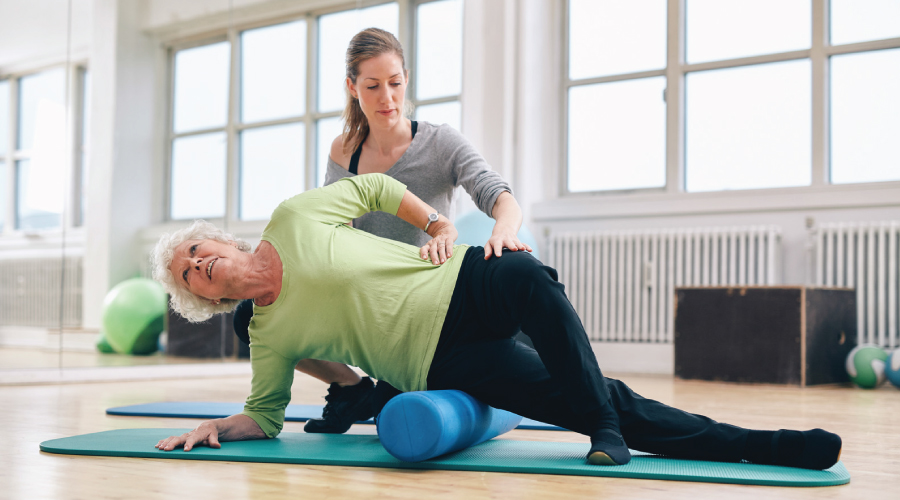Osteoporosis and related fractures represent a major concern for public health in Australia. Its cost to society is now almost equal to conditions such as heart failure and breast cancer and it is estimated at AUD2.75 billion dollars per annum.
In Australia, 4.74 million people over 50 years of age have osteoporosis or osteopenia. This number is expected to rise by 31% in the next 5 years.
– Prevalence is estimated to be as high as 30% in women over 50 years of age, and as high as 70% in women in their 80s.
– In men over the age of 50, the prevalence is around 25%.
– One in two women over 50 and one in four men over 50 will suffer an osteoporotic fracture in their lifetime.
-Fractures of the hip, spine and wrist are the most common fracture sites for osteoporosis.
– Worldwide, the number of osteoporotic fractures is expected to triple in the next 50 years, which has huge health implications.
Treatment of osteoporosis is predominantly pharmacological, however, along with pharmacological treatments, exercise has been shown to be effective in the treatment and prevention of osteoporosis. Generally, impact exercises are thought to have the greatest positive effect on bone density. Athletes from non-impact sports, such as swimming and cycling, have lower bone density than those in impact sports. Walking is often prescribed for those with osteoporosis, as an exercise to increase bone density, however, a study in 2008 found that walking only impacted the bone density at the head of the femur, and not at the spine. Resistance training has also been shown to be effective in the treatment of osteoporosis. Physical activities involving impact forces (generating both gravitation and muscle loading), tend to have a slightly better effect on bone metabolism and reduction of fracture risk than isolated non-impact resistance training.

The objective of exercise in the treatment of osteoporosis is to improve axial length and stability through the improvement of muscle strength.
One of the principles of Pilates is to address axial length and stability. There is a common misconception that Pilates is ineffectual for the treatment of osteoporosis, as it is not considered to be weight bearing or resistive and this misconception is often due to considering only mat Pilates, rather than equipment–based Pilates. Equipment-based Pilates incorporates impact and resistive elements and has been found to be effective for increasing bone density of the spine.
Studies suggest that therapeutic exercise should address osteoporosis-related deformities of axial posture, so as to decrease the risk of fall and fracture. Strengthening of the major appendicular muscles has many benefits for osteoporosis patients, and a therapeutic exercise program can increase muscle strength in a safe and controlled manner. Muscle-strengthening decreases immobility-related, complications decreases fragility, and can prevent fall and fracture.
As with pharmacotherapy, therapeutic exercises should be individualised. Pilates has been shown to strengthen the leg muscles and, therefore, can decrease immobility-related issues.

_ _ _
At The Body Refinery, the physiotherapists are extensively trained in Pilates and physiotherapy, which makes The Body Refinery an ideal place for managing clients with osteoporosis in a safe, effective and evidence-based manner.
Book today your appointment by calling 07 3358 3915 or emailing info@thebodyrefinery.com.au


